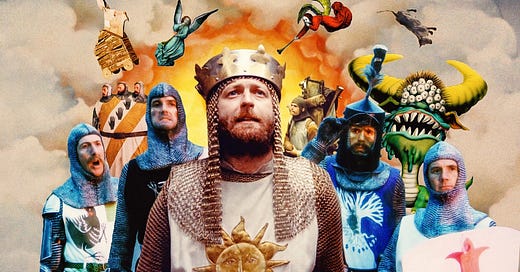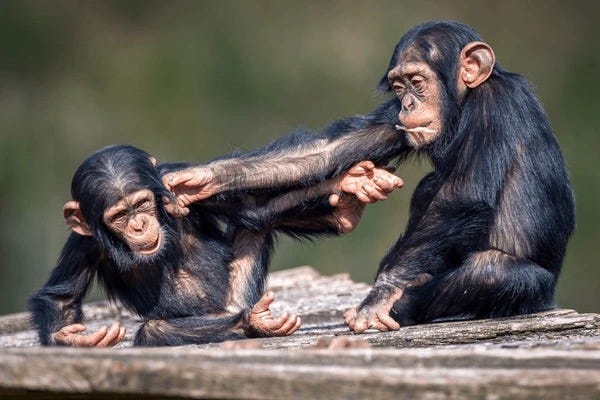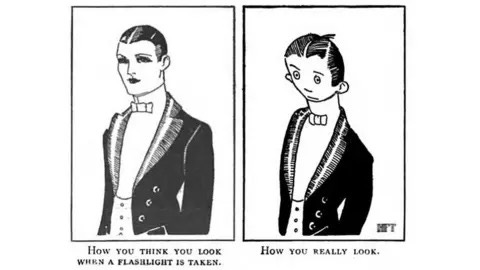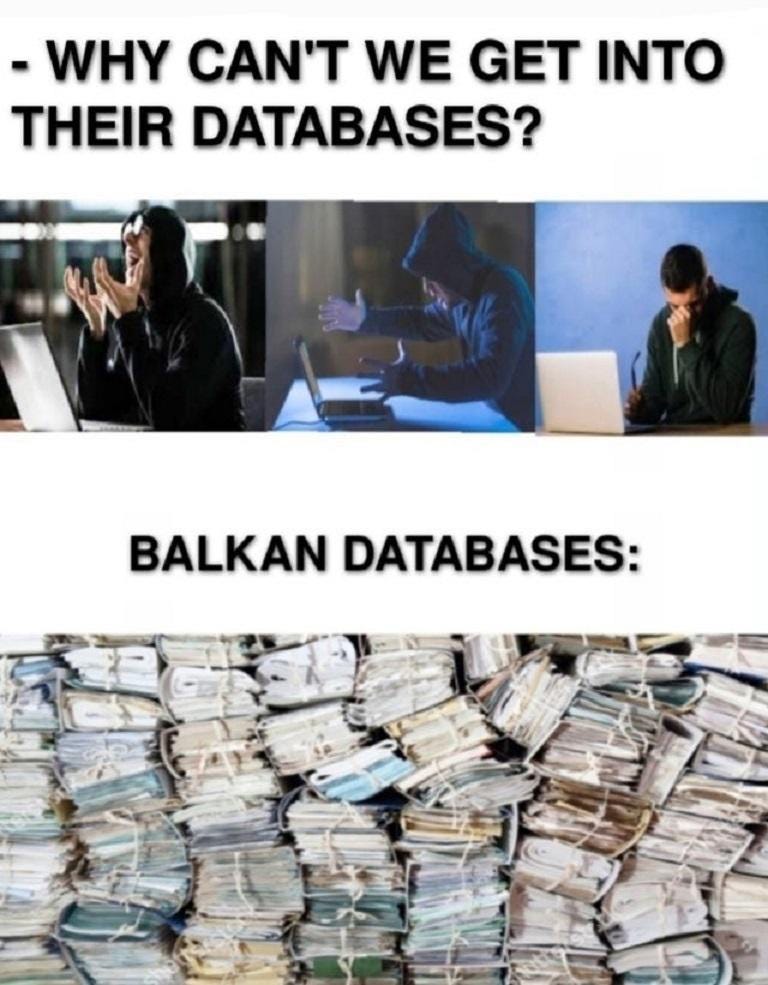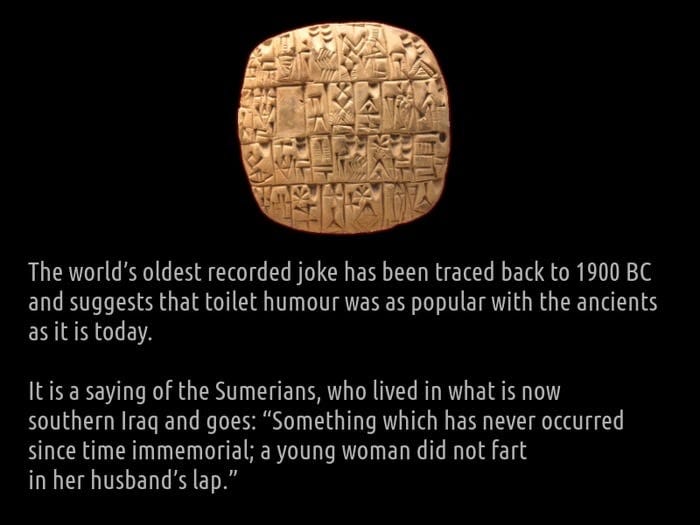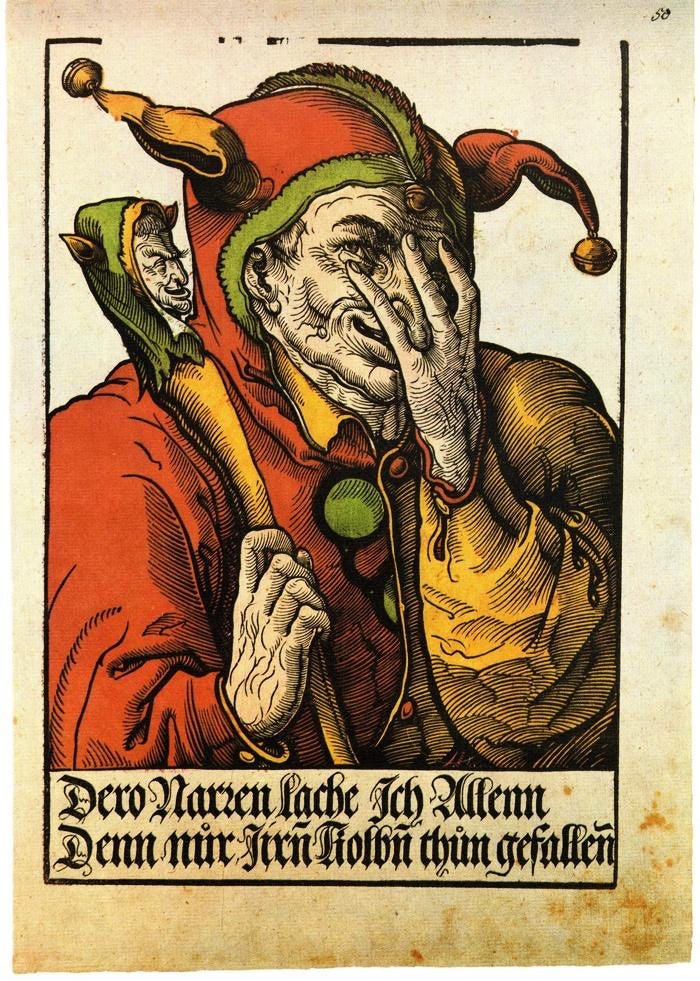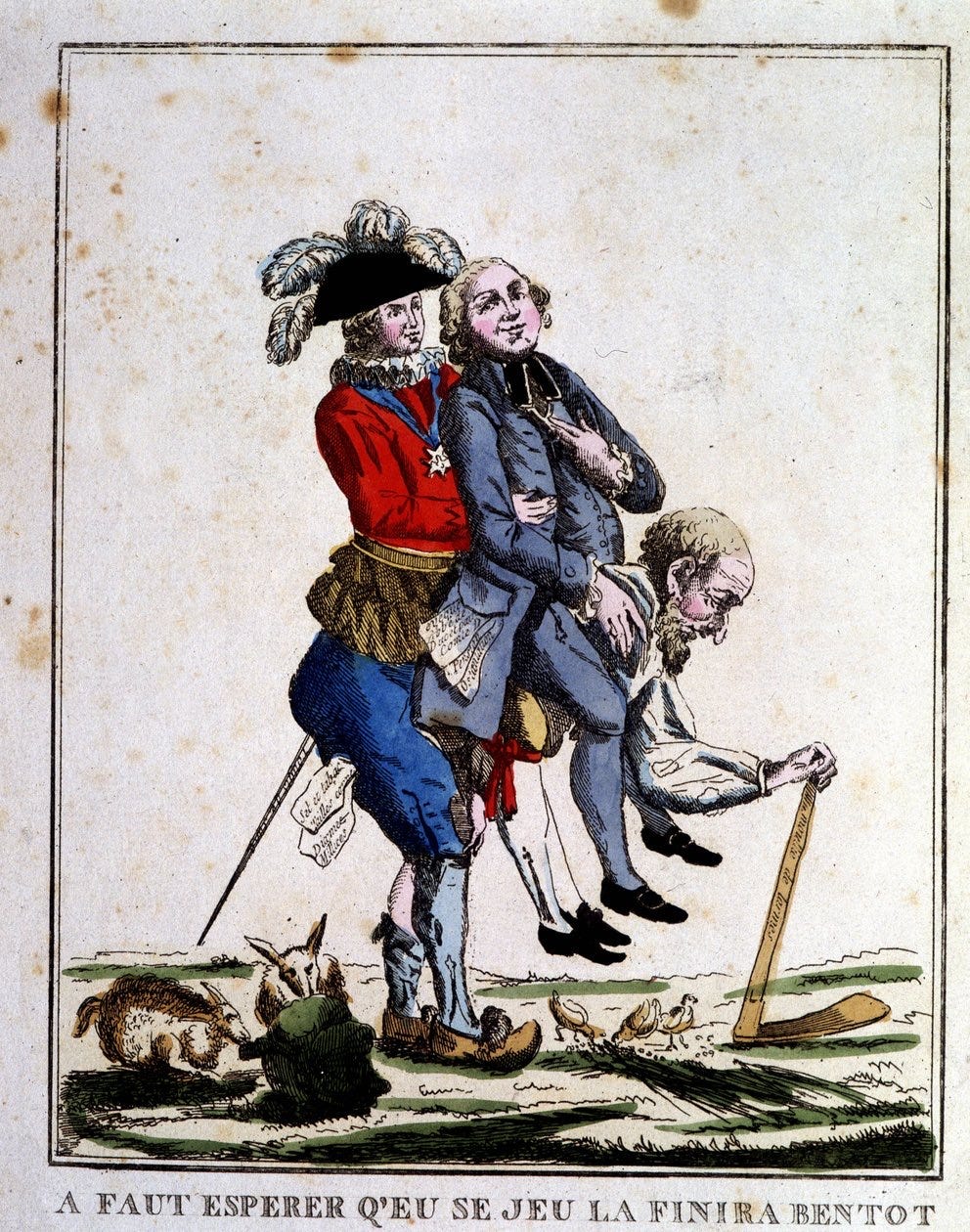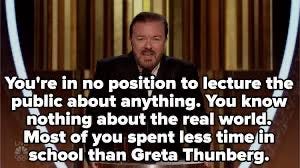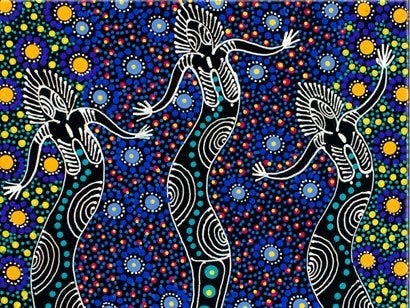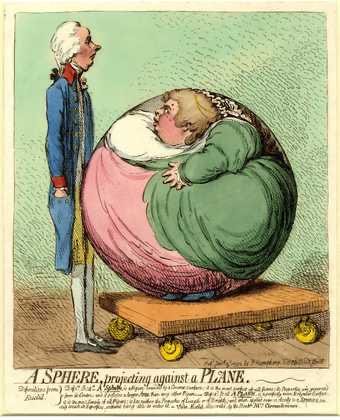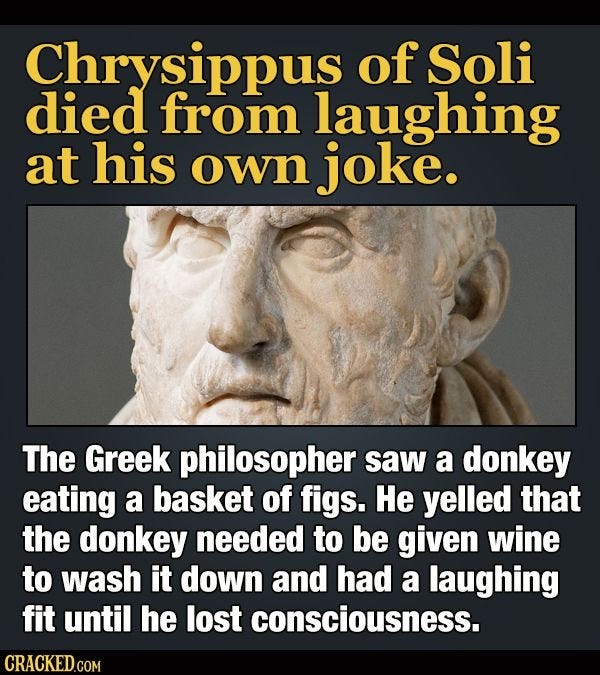Humour is more than just a means of entertainment; it’s a powerful tool that has played a crucial role in maintaining social resilience throughout human history. From ancient jesters who lightened the moods of kings to modern comedians challenging societal norms, humour has been a steadfast companion in navigating the complexities of social life. This blog explores the evolutionary origins of humour, its various forms, and how it contributes to social order and resilience. We’ll delve into historical and anthropological examples from around the world, examine the concept of memetics, and discuss contemporary debates surrounding comedy, censorship, and free speech. 🤔✨
What Defines Humor? 🎭😄
Humor encompasses a wide range of expressions and techniques designed to amuse, entertain, and provoke thought. It includes jokes, jesters, levity, sarcasm, parody, caricature, memes, and more. At its core, humor serves as a social lubricant, easing tensions, fostering connections, and reinforcing cultural norms. Understanding the multifaceted nature of humor is essential to grasp its role in social resilience. 🧩🔍
Components of Humor (not all necessarily present at the same time of course)
To fully appreciate humor’s role, we must dissect its individual components:
• Language: Wordplay, puns, and linguistic creativity are fundamental to many forms of humor.
• Context: The situational background can significantly influence the perception and effectiveness of a joke or humorous act.
• Intonation and Delivery: The way humor is presented—tone, timing, and expression—can enhance or diminish its impact. Prosody is a key element in this as a form of symbolic linguistic emotional context.
The Evolutionary Origins of Humor 🦠➡️😂
The Origins of Laughter and Jokes 🐒🤣
The evolutionary origins of laughter are multifaceted, serving as a crucial mechanism for enhancing social cohesion and individual adaptability. Is it an evolutionary byproduct? Or something we purposefully evolved? Does it correlate with the explosion of symbolic thought in the upper palaeolithic, a time where we also see the explosion of musical instruments and artistic expression? 🎨
One seminal theory, proposed by Robin Dunbar, suggests that laughter evolved as a social bonding tool, facilitating group cohesion by signaling friendliness and reducing social tensions within early human communities (Dunbar, 1998). This aligns with the broader view of laughter as a non-verbal form of communication that promotes trust and cooperation, essential for collective survival.
Additionally, the incongruity theory of humor posits that laughter arises from the recognition of unexpected or mismatched elements, potentially enhancing cognitive flexibility and problem-solving abilities, fostering adaptability in complex social environments (Suls, 1972).
The relief theory, another foundational concept, argues that laughter functions as a release of psychological tension and suppression, providing a means for individuals to cope with stress and maintain mental resilience during adverse conditions (Freud, 1905). Moreover, the superiority theory, which suggests that laughter stems from a sense of superiority over others, may have played a role in reinforcing social hierarchies and group dynamics by delineating in-group and out-group boundaries (Hobbes, 1651).
From an evolutionary perspective, these theories collectively illustrate that laughter not only serves immediate social and psychological functions but also contributes to the long-term resilience of human societies by promoting social bonds, reducing conflicts, and enhancing cognitive and emotional flexibility. This intricate interplay between humor and social resilience underscores the significance of laughter as an adaptive trait in the evolutionary history of humanity.
Cognitive and Social Benefits 🧠❤️
Humor engages complex cognitive processes, fostering creativity, problem-solving, and social intelligence. It allows individuals to navigate social hierarchies, diffuse conflicts, and adapt to changing environments. By promoting mental flexibility and emotional regulation, humor contributes to both individual and collective resilience. 🌟🧩
• Enhanced Creativity: Humor stimulates creative thinking by encouraging people to see things from different perspectives (Martin, 2007).
• Conflict Resolution: Humor can defuse tense situations, making it easier to resolve disputes and maintain harmony (Lefcourt, 2001).
Memetics: The Spread of Ideas Through Humor 🧬😂
Memes, as first rigorously conceptualized by Richard Dawkins in his seminal work The Selfish Gene (1976), function as fundamental units of cultural transmission, analogous to genes in biological evolution. They encapsulate ideas, behaviors, symbols, and practices that propagate through imitation and social learning, thereby facilitating the rapid dissemination and evolution of cultural phenomena. The study of memetics examines how these units replicate, mutate, and undergo selective pressures within the digital landscape, significantly influencing societal norms and individual behaviors (Shifman, 2014).
Memes leverage cognitive biases and social networks to achieve high transmission fidelity, often adapting to varying cultural contexts to enhance their survivability and impact. For instance, internet memes such as “Distracted Boyfriend” (god, I feel so OLD describing memes here haha) not only provide humor but also offer commentary on contemporary social dynamics, reflecting and shaping public discourse (Shifman, 2014). Memetics essentially forms a new form of language that can fulfill contextual storytelling and create scalable, universal impact. By analyzing the mechanisms of memetic spread and adaptation, scholars gain valuable insights into the processes of cultural evolution and the resilience of societal structures in the face of rapid technological advancements and globalization (Shifman, 2014). Memetics, by its nature, offers a robust framework for understanding the intricate interplay between information, culture, and human cognition, highlighting the pivotal role of memes in sustaining and transforming modern civilizations.
Pillars of Social Resilience Through Humor 💪😂
1. Stress Relief and Emotional Coping 😌🕊️
Humor provides a necessary outlet for stress, helping individuals and communities cope with adversity. During crises, humor can alleviate anxiety, foster hope, and maintain morale, ensuring that societies remain steadfast in the face of hardship. 🛡️🌈
• Historical Example: During World War II, British Prime Minister Winston Churchill used humor in his speeches to boost public morale and resilience (Churchill, 1941). In modern days, oration and wit is still very much cherished in public speaking and public figures often use it as a powerful means of social capital. Ie: if you’re a funny politician, you’ll go far. Very simply put.
2. Social Bonding and Community Building 🤝💕
Shared laughter fosters connections, strengthening social bonds and creating a sense of belonging. These strong relationships are vital for collective resilience, enabling communities to support each other during times of need. 🏘️❤️ (Bal, 1997).
3. Reinforcing Cultural Norms and Critiquing Power Structures 📜🔍
Humor can both uphold and challenge societal norms. By using satire, parody, and caricature, humorists can critique authority, highlight injustices, and inspire social change without direct confrontation. This delicate balance maintains social order while promoting progress. ⚖️🔥
• Historical Example: The role of court jesters in providing counsel to monarchs through humor, allowing for subtle criticism of power (Walker, 1995). We discuss more of this below
4. Enhancing Communication and Understanding 🗣️🧩
Humor facilitates clearer and more effective communication by making complex or sensitive topics more accessible. It can bridge cultural and linguistic divides, promoting mutual understanding and cooperation within diverse societies. 🌐💬
• Anthropological Example: African storytelling traditions often incorporate humor to convey moral lessons and cultural values (Bal, 1997).
• Modern Example: Stand-up comedy addresses universal themes, allowing audiences from different backgrounds to connect through shared laughter (Martin, 2007).
5. Promoting Mental and Emotional Health 🧠💖
Humor plays a significant role in mental and emotional well-being. It can enhance mood, increase resilience against mental health challenges, and foster a positive outlook, which is essential for societal resilience. 😊🌟
• Psychological Studies: Research indicates that humor can reduce the perception of pain, lower stress levels, and improve overall mental health (Provine, 2000).
• Community Programs: Many mental health initiatives incorporate humor therapy to help individuals cope with trauma and build emotional resilience (Waldram, 2005).
Case Studies: Humor Through History 📚🔍
Jesters in Medieval Times: Voices of Truth and Social Balance 🎭🏰
In medieval Europe, jesters played a crucial role beyond mere entertainment, serving as informal advisors and social commentators within royal courts. Notable figures like Triboulet, the jester of King Francis I of France, exemplified how jesters used wit and satire to provide candid feedback to monarchs, often addressing sensitive political and social issues under the guise of humor (Walker, 1995). Theories by scholars such as John Walker suggest that jesters functioned as “licensed fools,” allowing them to speak truths that others could not, thereby maintaining social balance and resilience within the court (Walker, 1995). Additionally, jesters like Archibald the Foul employed parody and innuendo to navigate and critique the complexities of courtly life, fostering an environment where laughter and levity helped alleviate tensions during periods of political instability (Barber, 1996). Through their unique position, medieval jesters contributed significantly to the cultural and psychological well-being of their societies, highlighting the intrinsic connection between humor and social resilience.
The Role of Satire in the French Revolution 🇫🇷🎨
Satirical pamphlets and cartoons were instrumental in challenging the monarchy and promoting revolutionary ideas during the French Revolution. Humor became a tool for political commentary, helping to mobilize public opinion and foster a sense of unity among revolutionaries. ✊😂
• Example: Caricatures by artists like Honoré Daumier mocked the aristocracy and highlighted social injustices, fueling revolutionary fervor (Beik, 2002).
Stand-Up Comedy as Social Commentary 🎤😆
In the 20th and 21st centuries, stand-up comedians have continued the tradition of using humor to address and critique societal issues. Comedians like George Carlin, Richard Pryor, and Hannah Gadsby have pushed boundaries, sparking important conversations through their performances. 🎤🔥
• Example: Ricky Gervais’ Golden Globes speeches use humor to say uncomfortable truths about the entertainment industry and societal norms, challenging both the audience and the industry itself (Gervais, 2020).
• Example: Hannah Gadsby’s “Nanette” blends comedy with a powerful critique of gender and trauma, demonstrating humor’s role in addressing deep societal issues (Gadsby, 2018).
Indigenous Humor and Storytelling 🌿 🧚
Indigenous cultures worldwide have long harnessed humor as a pivotal tool for fostering community bonds, preserving cultural identity, and navigating social challenges. For instance, the Inuit integrate humor into their storytelling traditions, using witty tales like the legend of Sedna to impart survival skills and reinforce social norms (Smith, 2014). Similarly, Australian Aboriginal Dreamtime stories, such as those of the Rainbow Serpent, employ satire and exaggeration to teach moral lessons and maintain cultural continuity (Bal, 1997). The Xavante tribe in Brazil utilizes humorous rituals and games during communal gatherings to diffuse tensions and strengthen group solidarity (Bal, 1997). Additionally, Native American traditions, like the Lakota use of parody and satire, subtly critique authority and societal issues, promoting unity and mutual understanding without direct confrontation (Waldram, 2005). In Maori culture, the haka—a traditional dance combining fierce movements with rhythmic chants—often includes humorous interpretations to celebrate achievements and foster collective identity (Smith, 2014). These concrete examples illustrate how humor enhances the resilience and adaptability of indigenous communities, serving as both a cultural preservative and a vital component of social harmony. 👪🔗✨
The Evolution of Political Satire in the Digital Age 📱🎭
With the rise of the internet and social media, political satire has become more accessible and widespread. Memes, viral videos, and online platforms allow humorists to reach global audiences, fostering a more interconnected and resilient global community. 🌐🤣
• Example: Memes like “Distracted Boyfriend” are used to comment on political and social issues, demonstrating the power of digital humor in shaping public discourse (Shifman, 2014).
• Example: Online platforms like YouTube and TikTok enable comedians to distribute their satire widely, promoting global awareness and resilience through shared laughter (Garcia, 2020).
Lessons Learned: Implications for Civilizational Resilience 🧠🏛️
Understanding the Power of Shared Laughter 🔍🔗
Humor’s ability to create shared experiences and foster connections highlights its importance in building resilient communities. Encouraging environments where humor is appreciated can strengthen social bonds and enhance collective resilience. 👫❤️
The Role of Adaptability in Resilience 🛠️🔄
Just as humor evolves to address contemporary issues, societies must remain adaptable and open to new forms of expression. Embracing diverse types of humor can help communities navigate changing social landscapes and maintain cohesion. 🌟🧩
Balancing Tradition and Innovation ⚖️💼
Integrating traditional humor practices with modern comedic forms can create a rich tapestry of social resilience. Preserving historical humor while embracing new expressions ensures that humor continues to serve as a vital tool for societal strength. ⚖️🎨
Conclusion: Humor as a Cornerstone of Resilient Societies 🏁🌟
Humor, in its many forms, has been a cornerstone of social resilience throughout history. By providing stress relief, fostering social bonds, reinforcing cultural norms, facilitating effective communication, and promoting mental and emotional health, humor plays an indispensable role in maintaining and enhancing societal resilience. From the earliest jokes etched in ancient civilizations to the vibrant performances of modern comedians, humor has continuously adapted to meet the needs of evolving societies. Early comedians and entertainers like Aristophanes in ancient Greece and the jesters of medieval Europe set foundational roles for humor in social commentary and cohesion. The advent of circuses and vaudeville in the 19th and 20th centuries further institutionalized humor as a means of entertainment and social reflection. Today, digital platforms amplify the reach and impact of humor, enabling it to address global issues and foster a sense of interconnectedness. As we navigate the complexities of the modern world, embracing the power of humor can help us build stronger, more adaptable, and unified communities. BUT we are dealing with a crucial issue of censorship and free speech. We will be dedicating further blogs to this as it is a topic of its own, but people like Rowan Atkinson of members of the Python group vehemently support the notion of being able to offend through comedy. Without this, society loses its pressure valve, its escape route from difficult topics. And we may have nothing to replace it with, resulting in an eventual explosion. What are your thoughts on censoring humour? And what are your favourite comedians or sources of humour? Let us know in the discussion and remember, don’t forget to laugh. Life is short and there’s no sequel - so take everything with a pinch of salt 🧂🌍🔧💪
References 📚🔗
1. Bal, M. (1997). Humor and Identity in the Intertribal Dance of the Xavante Indians. Journal of Anthropological Research, 53(1), 45-62.
2. Barber, J. (1996). The Medieval Merchant: Life, Business, and Politics in the Middle Ages. Oxford University Press.
3. Duret, P. (1979). Political Satire and the French Revolution. French Historical Studies, 14(4), 603-622.
4. Carlin, G. (1997). Brain Droppings. Warner Books.
5. Churchill, W. (1953). The Speeches of Winston Churchill. Cassell & Co.
6. Dennett, D. C. (1981). Brainstorms: Philosophical Essays on Mind and Psychology. MIT Press.
7. Dunbar, R. (1996). Grooming, Gossip, and the Evolution of Language. Harvard University Press.
8. Lefcourt, H. M. (2001). Humor: The Psychology of Living Buoyantly. Springer Publishing Company.
9. Martin, R. A. (2007). The Psychology of Humor: An Integrative Approach. Elsevier Academic Press.
10. Provine, R. R. (2000). Laughter: A Scientific Investigation. Penguin Books.
11. Shifman, L. (2014). Memes in Digital Culture. MIT Press.
12. Waldram, J. B. (2005). Native American Healing: Exploring Traditional Practices. University of British Columbia Press.
13. Clegg, J. (1992). Clowns and Jesters: The Jester’s Role in the Medieval Court. Folklore, 103(1), 19-32.
14. Koester, R., & Eaton, L. (2006). The Power of Satire: Social Critique through Humor. Communication Quarterly, 54(4), 502-520.
15. Lechner, P. (2015). Stand-Up Comedy and Its Role in Social Discourse. The Comedy Review, 5(1), 75-90.
16. Cruz, M. (2019). Cross-Cultural Humor: Bridging Global Perspectives Through Comedy. International Journal of Cultural Studies, 22(3), 400-415.
17. Veal, M. (2012). Humor and Society: The Role of Comedy in Modern Culture. Sociological Review, 60(1), 34-50.
18. Suls, J. (1972). A two-stage model for the appreciation of jokes and cartoons. Journal of Personality and Social Psychology, 21(5), 965–972.
19. Freud, S. (1905). Jokes and Their Relation to the Unconscious. WW Norton & Company.
20. Hobbes, T. (1651). Leviathan. Andrew Crooke.
21. Rehak, W. (2019). Politics of Joking. Routledge.

